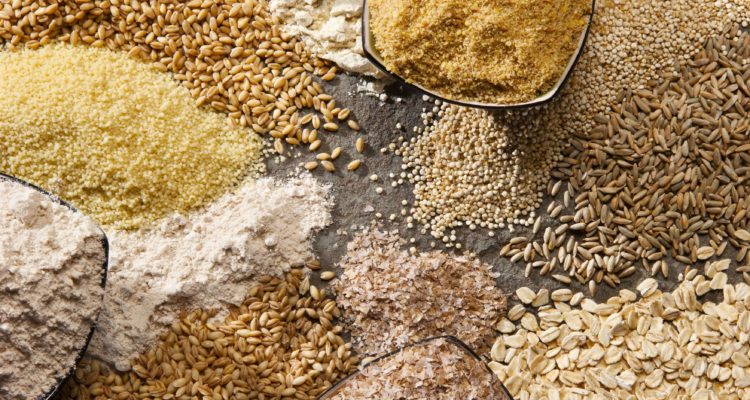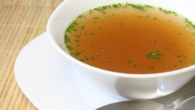
Cereal products have been found to increase the risk of death
0
According to statistics, about 50% of the daily norm people around the world get their calories from grains such as rice, oats, barley, and wheat. At the same time, in low- and middle-income countries, including South Asia and Africa, this figure is 70%.
Now researchers have come to the conclusion that frequent consumption of refined grains significantly increases the risk of developing cardiovascular diseases and death compared to whole grain products.
It's no secret that products made from unrefined grains (whole grains) contain more dietary fiber, minerals and vitamins than refined grains. Previously, scientists have already proven that the consumption of whole grains has a beneficial effect on the health of the heart and blood vessels, but the harm of refined grains has not yet been sufficiently studied.
Now an international group of scientists decided to analyze the possible connection between the consumption of refined grains, white rice and whole grain with mortality.
The results of the PURE prospective epidemiological study conducted on five continents were used as a basis. The sample included 137,130 people aged 35 to 70 years who had no history of cardiovascular disease. During 9.4 years, the scientists tracked mortality from heart problems among the participants, as well as cases of stroke, heart attack, and acute heart failure.
As a result, it turned out that those who ate 350 grams of peeled grains per day, the risk of premature death increased by 27%, and the risk of developing heart disease by 33% compared to those who ate less than 50 grams of them. Higher consumption of refined grains was also correlated with hypertension.
Thus, the study showed for the first time that consumption of refined grains is bad for the heart. However, refined white rice did not increase the risk of premature death, the authors noted. Scientists studied this product separately from all other types of cereals, since in Asian countries, where more than 60% of the participants of the experiment live, it is considered a staple food.









Leave a Reply